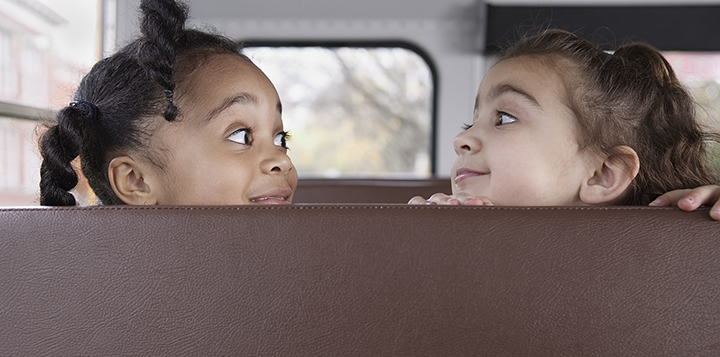
Harsh winter conditions are in the rear-view mirror, and the spring semester is in full swing for most of the country’s districts and schools. Vehicle maintenance cycles are adjusting to the new, seasonal “normal.”
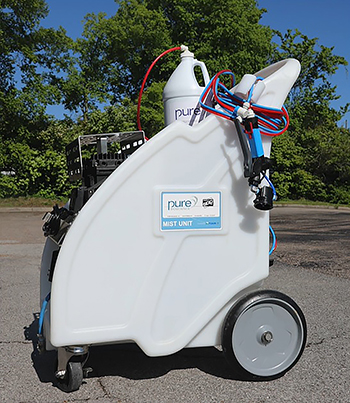 Now that the weather is great for spring sports, field trips, and other activities, school buses are in higher demand than at any other part of the school year. Managing these additional extra-curricular activities means higher utilization across the board. It also requires additional human resources, like drivers and maintenance staff, to be particularly focused on keeping vehicles in-service every day.
Now that the weather is great for spring sports, field trips, and other activities, school buses are in higher demand than at any other part of the school year. Managing these additional extra-curricular activities means higher utilization across the board. It also requires additional human resources, like drivers and maintenance staff, to be particularly focused on keeping vehicles in-service every day.
As such, items like headlights, wheels and tires, engines, and other critical systems tend to take priority in the maintenance hierarchy. Despite our best intentions, some other tasks – even jobs like deep-cleaning and disinfecting vehicles – might shift slightly down the list of priorities. The top priority in the spring is road-ready school buses.
Given the increased utilization of the vehicles in the spring semester, as well as the added burdens on staff to ensure that equipment is roadworthy on a regular basis, maintenance directors often begin making mental lists for the summer, where utilization of vehicles is reduced greatly. “When usage falls off, I need to carefully refocus on these items in the summer semester.”
But the lesson learned from the pandemic is that you cannot stop cleaning and disinfecting, especially during the high-utilization spring months. The time availabilities for sanitization are smaller for all the reasons we have listed, but they cannot fall by the wayside. Vehicles need to be in the best shape possible after the summer, to begin utilization for the next school year – so we cannot miss our shot at sanitization and disinfection.
Safe Sanitization Matters
Because it has now been two years since our world was turned upside down due to COVID, there seems to be some ambivalence about cleaning and disinfecting practices, and what products are being used.
Many districts – through no fault of their own – find themselves saying things like:
“We don’t know what’s in the bottle they give us.”
“Aren’t viruses, bacteria, and fungi (including mold and mildew) all the same?”
“Don’t we kill everything when we clean?”
“We use a sanitizer, why do we have to use a disinfectant?”
“We were told this protects for 30 days, why do we have to disinfect daily?”
“Aren’t all disinfectant products the same?”
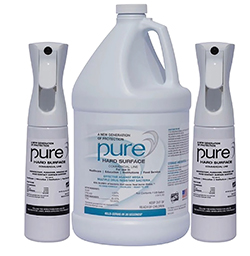 Cleaning products remove debris from a surface, but they do not kill bacteria, fungi, or viruses. And while sanitizing products kill bacteria and fungi, they do not kill viruses. Only disinfecting products kill bacteria, fungi, and viruses.
Cleaning products remove debris from a surface, but they do not kill bacteria, fungi, or viruses. And while sanitizing products kill bacteria and fungi, they do not kill viruses. Only disinfecting products kill bacteria, fungi, and viruses.
Next, not all disinfecting products are alike. Some need to be wiped off after application due to residue, while others need to fully dry before a surface can be used. Some even require the use of PPE (personal protective equipment) to prevent irritation to the hands, eyes, nose, and lungs because they contain toxic chemicals.
There are also anti-microbial products on the market that contain polymers. They claim to offer extended residual protection, but in reality, they only inhibit the growth of bacteria and fungi or reduce the presence of microbes, they do not necessarily kill them, and they definitely do not kill viruses.
“Name” Brands Are Not Always Best
Be careful of “trusted” brand named products, as they may contain toxic chemicals such as quaternary ammonia, chlorides, alcohol, and peroxide which when applied in an aerosol form can lead to potential respiratory and other health issues. Although these products will kill most viruses, bacteria, and fungi, users should consider the health concerns surrounding them.
If a product is labeled a cleaner, it has zero efficacy for disinfecting and must be used in conjunction with a disinfectant. NEVER mix cleaners and disinfectants as there could be a chemical reaction causing a toxic gas. In addition, combining these products can also change the properties of the chemicals in both products rendering them ineffective. Selecting the appropriate cleaner and disinfectant should be based on the type of surface being cleaned, as well as understanding the potential health hazards of using them.
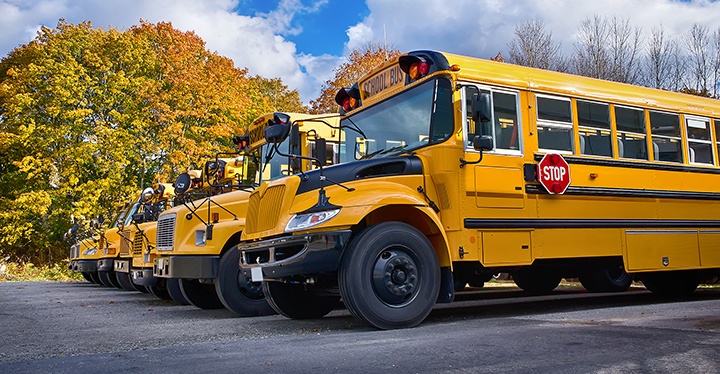
So now that we have covered the basics, our next question is very simple: How do you clean and disinfect safely and effectively?
Fortunately, there are products like PURE® Multi-Purpose and Floor Cleaner and PURE® Hard Surface Disinfectant that safely and effectively deliver broad-spectrum power to clean and eliminate dangerous pathogens in a wide range of environments. The Multi-Purpose and Floor Cleaner is non-toxic and safe for use on food contact surfaces, while the Hard Surface Disinfectant kills 99.999 percent of bacteria, viruses, and fungi including:
• SARS-Co_V-2 (causes COVID-19)
• Influenza
• Staphylococcus
• MRSA
• E. coli
• Salmonella
• Hepatitis B and C
• HIV Type 1
If everyone agrees that work, learning, entertainment, and transportation environments all need to be cleaned and disinfected and that the workers applying the cleaning and disinfecting products should not be exposed to potential health risks, why should they continue to use sanitizers, antimicrobials, and/or toxic products?
The main takeaways for districts should be:
• STOP using products that don’t kill everything (bacteria, fungi, and viruses).
• STOP using products that require PPE when applying.
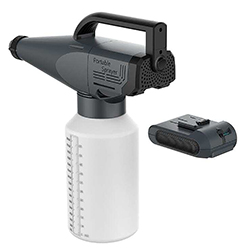 PURE® products can safely and effectively clean and disinfect all surfaces. An application of the Hard Surface Disinfectant only needs to be done once every 24 hours and does not require a surface to be wiped down afterward and can be applied without the use of PPE.
PURE® products can safely and effectively clean and disinfect all surfaces. An application of the Hard Surface Disinfectant only needs to be done once every 24 hours and does not require a surface to be wiped down afterward and can be applied without the use of PPE.
PURE® is a product that meets the EPA’s standard for best practices for environmental cleaning.1 This includes being nontoxic and easy to use. As far as disinfectant standards, it is a broad spectrum, materially compatible, and non-flammable. It provides a strong first line of defense in combating surface transmission and provides a residual microbial effect on treated surfaces.
With a product like PURE, there is no need for expensive Electrostatic Sprayers. It only requires 4-6 ounces per application (or, 20-30 buses per gallon). No additional PPE is required, and it can effectively disinfect a 40-foot bus in less than 1 minute with a mist sprayer (and with no wiping required).
Putting Extra Dollars to Good Use
Budgets are always tight at this time of year – but in some ways, that presents an opportunity for improved, safer sanitization and disinfecting products. It may be that your district has extra ESSER funds left over from COVID relief. Districts have a fairly broad discretion to spend these funds, and safe, clean products to fight viruses fall within the acceptable uses for this money.
Also, consider utilizing extra dollars in your budget for these products. There likely is not enough money for a new vehicle, routing system, or other high-ticket product – but sanitization is a different story, and could be a smart way to get every bit of value out of your budget.
The bottom line is this: Combat everyday viruses, bacteria, and fungi with a product that protects everyone involved – and do not hesitate to ask the hard questions about the solutions and products that your district mandates for your department.
1 https://www.cdc.gov/hai/prevent/resource-limited/supplies-equipment.html#anchor_1586813879077


